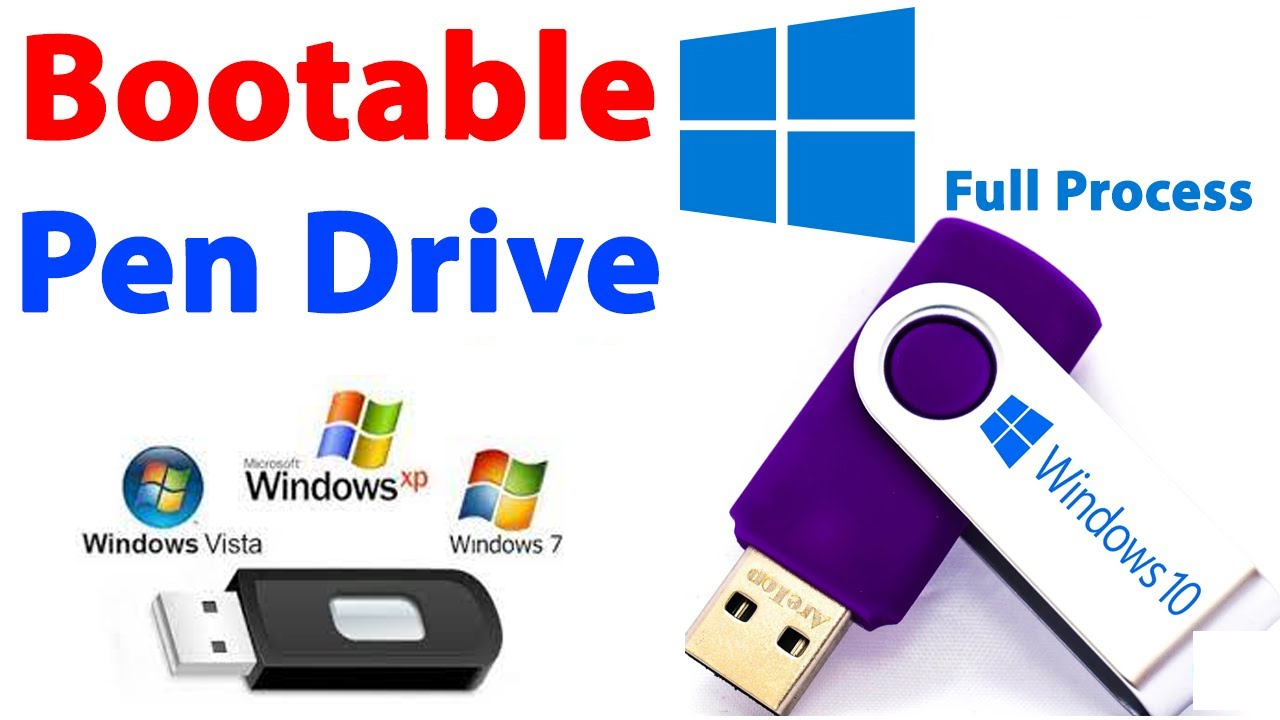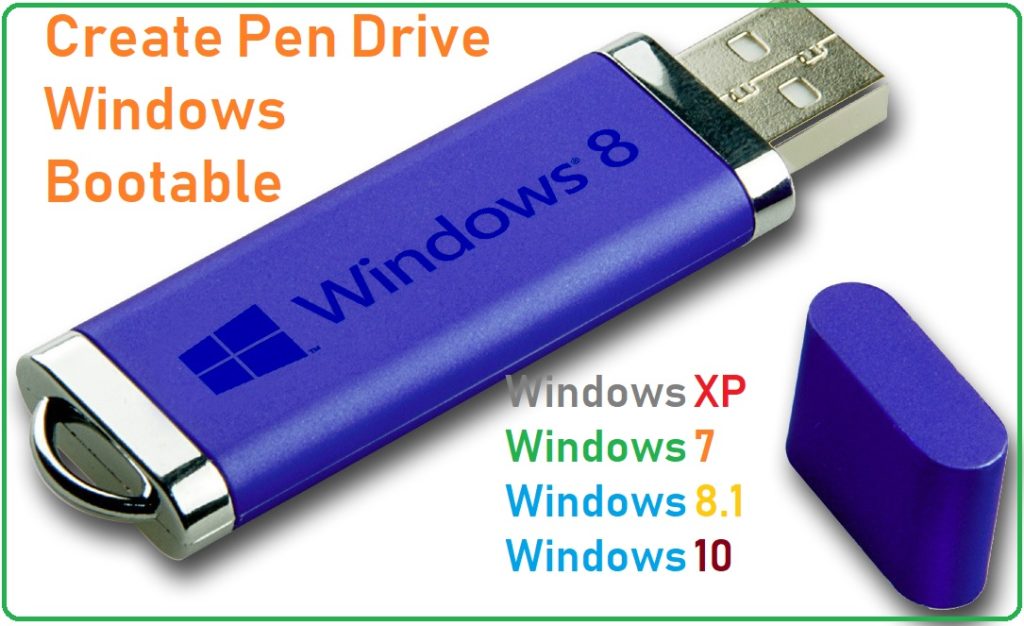

Usually, the USB drive will be the last drive.Ĥ. If you're not sure what disk is the USB disk, eject the USB drive, perform step number 2 again, connect the USB drive again, and compare the results. It should now state that your USB drive is the selected disk. You will see a listing of the disk drives connected to your computer.įind the disk number of your USB drive and type SELECT DISK USB disk #, where " USB disk #" is the disk # for your USB drive. See our diskpart command page for additional information on this command.ģ. Ensure your USB drive is plugged in, type DISKPART, then press Enter. At the command prompt, type cd c:\windows\system32 to change the directory to the Windows System32 directory. You can also access this by navigating to Start, All Programs, Accessories, right-click with your mouse on the Command Prompt menu item and select Run as Administrator.Ģ. Open an elevated Windows command line window by clicking Start, typing in cmd in the search text field, then pressing Ctrl+Shift+Enter on your keyboard (at the same time). Note: You need to have a Windows Vista or Windows 7 DVD for these instructions to be successful.ġ. The drive will be formatted during this process and all files on it will be deleted. Tip: Before you start, plug in the USB drive and backup any files you have stored on the USB drive. It is recommended that you have a flash drive of at least 4 GB in size, to store all the necessary files. To make a bootable USB drive for Windows Vista or Windows 7, you need to have Windows Vista or 7 installed on your computer. Note: You may need to have your USB flash drive plugged in when you access the BIOS).

If you do not see a USB device in the list of bootable devices, your BIOS is not capable of booting to a USB device. If a USB device is listed, set the USB drive to be the first boot device. To determine if a computer is capable of booting to a USB device, access the computer's BIOS and check the bootable device list. Most computers built since Windows Vista was released are capable of booting to a USB device.īefore the Windows Vista time frame, it's hit or miss with motherboards. This guide will outline making a bootable USB flash drive with Windows XP, Vista, or 7.īefore we begin, it is important to note that the computer you want to use your bootable USB drive must be able to use a USB drive as a boot device.

You can also use the flash drive to install Windows, instead of using the Windows installation CD. Booting from removable media such as a USB drive allows you to perform diagnostics on a computer that is having trouble booting from the hard drive.


 0 kommentar(er)
0 kommentar(er)
